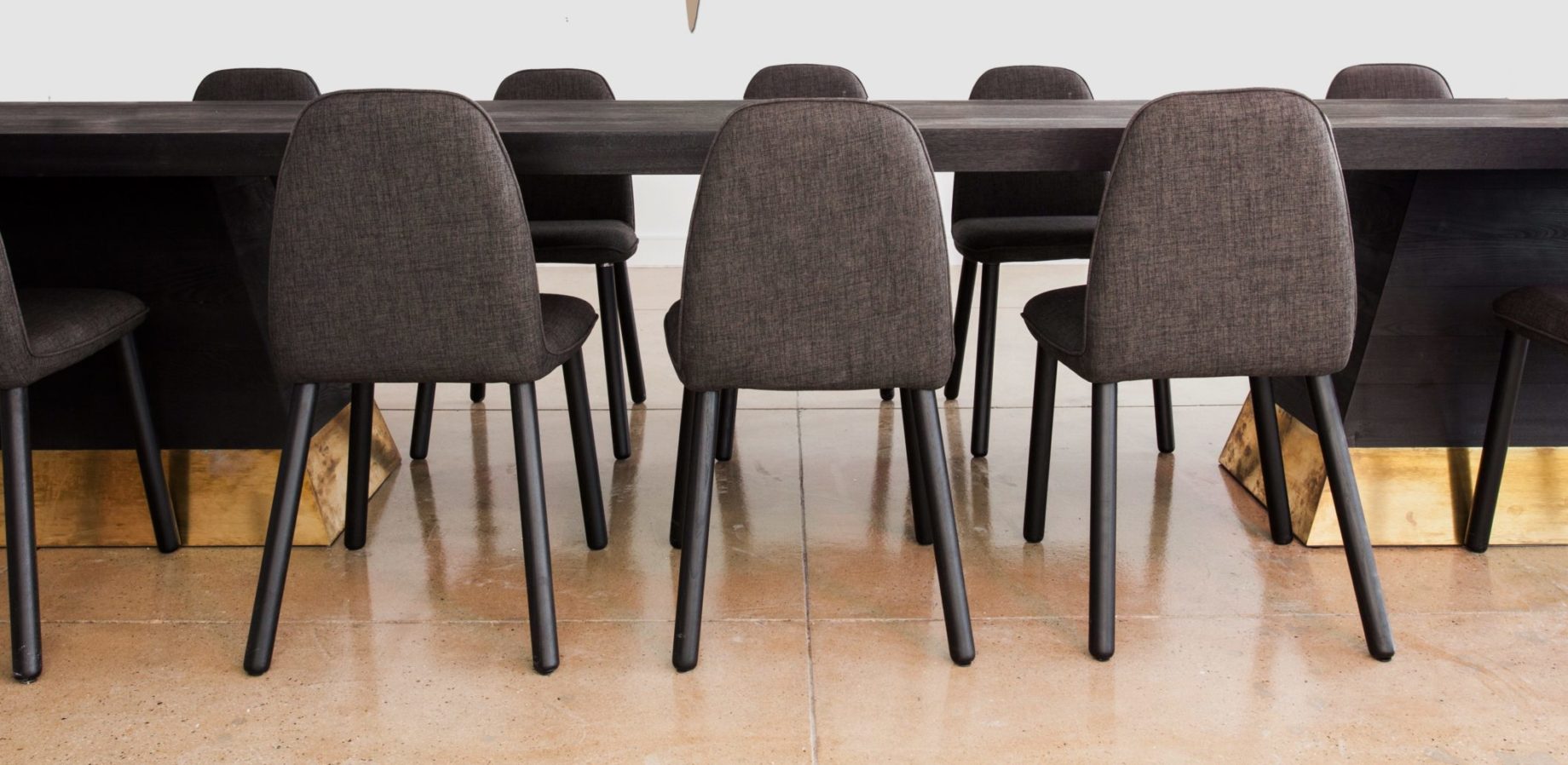Development – Structure and planning
By Micheal Sorrensen
Leadership and structure are essential parts for building a strong and progressive community club. How do we achieve this?
- Three levels to a club’s structure and the importance of getting the right structure for your club
- Club planning day
- Committee meetings
- Succession planning.
1. The three levels
• Executive Committee
Decision makers who provide strategic direction and much more. These are the chairperson/president, vice chair/president, treasurer, secretary or refer to your clubs constitution.
• Non-Executive Committee
Members who sit on the general, not executive, committee and have a defined role to play. These are other elected office bearers and committee members.
• Non-Committee
Members who don’t want to be a part of the committee but help by fulfilling a role such as grants officer, coaches, umpires, sponsorship officer, volunteer coordinator, etc.
2. Planning
The wrong person in a key role, particularly if it’s a senior position, can set the club back. Varied skill sets are essential to good club structure. Prioritise the roles the club needs and identify members with the right skills.
Sourcing the right personnel to fill the appropriate roles is winning half of the battle when introducing the correct structure for your club. It is important you find the structure that best fits your club, as what works for someone else may not work for you. Share the work load.
3. Committee Meetings
Maximise the effect of club committee meetings by ensuring that you include the following:
- Meeting times & agenda
- Minutes
- Action items
- Meeting length
- Technology such as Zoom, Skype or Microsoft Teams.
Committee meetings should be kept as short as possible. Juggling family, the club and work increases stress on the members. You can help reduce the stress by:
- leaving the little items out of meetings
- starting your meeting on time
- sticking to the agenda, which will ensure the meeting length is accommodating to all.
Opening your committee meeting to technology can allow members the opportunity to attend even if they are away, or during COVID when we are unable to meet. Time doesn’t stand still just because we are not there.
Forced closure should be seen as a time to keep planning, what else is there to do? Zoom, Skype and Microsoft Teams apps are wonderful tools in such times. If you’re unaware of these products, I recommend you investigate how you can incorporate them into your meetings.
4. Succession Planning
What processes are in place for the changeover of committee members? Having a succession plan in place is vital for sustainability of your club, in particular key roles. Would your club be in a strong position if one or two of your key administrators had to step away from the club? Do you have any formal handover of roles, or training processes in place at your club?
Holding a planning day is how you can start to work on achieving the leadership and structure necessary for building a strong club. Identify potential members who can or could fill key roles into the future. Setting procedures or pathways for training to fill essential roles is important and may make what looks daunting much more attractive for future leaders within the club.
Failing to Plan, is Planning to FAIL
Don’t forget Bowls Australia’s Regional Bowls Managers Wade Mutzelburg, Lesley Bates and myself are here to help your club. Please feel free to get in touch.
RMB North QLD
Lesley Bates
0429 213 207
lbates@bowls.com.au
RBM Central QLD
Wade Mutzelburg
0429 422 818
wmutzelburg@bowls.com.au
RBM South East QLD
Micheal Sorrensen
0447 507 040
msorrensen@bowls.com.au




